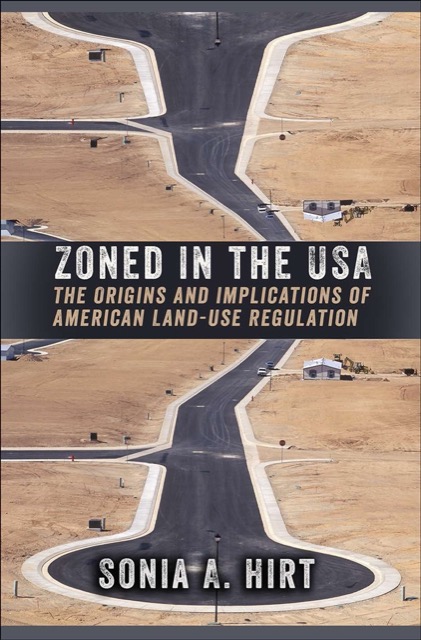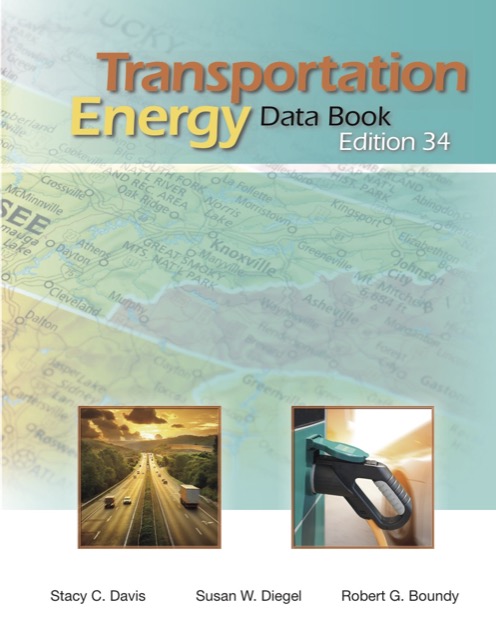Over at Green Car Reports, the “guide to cleaner, greener driving,” electric car advocate David Noland asks, “Which sins worse: cars or planes?” The “sin,” of course, is carbon emissions, and his answer, while interesting, is flawed in many respects.
“The passenger jet blows away the automobile in terms of efficiency and CO2 emissions per mile,” he says, a result he apparently considers surprising. But it’s not surprising at all to anyone familiar with the Department of Energy’s Transportation Energy Data Book. According to tables in the book, airlines emitted about 2,568 grams of carbon per passenger mile in 2013, while the average car emitted 3,144 grams (or 3,564 if SUVs and other light trucks are included).
But it’s not enough to show that both cars and airlines have been rapidly improving their energy efficiency. Noland wants to really blow cars out of contention, so he biases his analysis in several ways.










